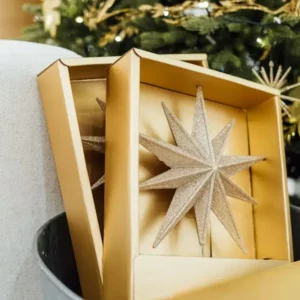Ecologists at Mt. Gibson Wildlife Sanctuary in Western Australia are celebrating a milestone: the first birth of baby western quolls,
or chuditch, at the site. During a survey, researchers found the tiny marsupials in their mothers’ pouches — proof that reintroduction efforts are succeeding.
Western quolls, about the size of a domestic cat, are agile nocturnal hunters vital for controlling smaller animal populations
and maintaining ecological balance. Once widespread across mainland Australia, they declined sharply due to habitat loss,
invasive species, and human impact. Now restricted to a fraction of their former range, every successful breeding marks a conservation victory.
The Australian Wildlife Conservancy (AWC) has spearheaded programs to restore quolls through relocations, predator management,
and ongoing monitoring. The new joeys signal not only survival but the beginnings of a self-sustaining population
at Mt. Gibson, showing the sanctuary is becoming a secure home for the species.
For conservationists, these births are a story of hope and resilience. They highlight how targeted efforts, public awareness,
and community support can reverse species decline. The arrival of the young quolls is more than scientific
success — it’s a reminder that with protection, nature can heal and thrive again.




